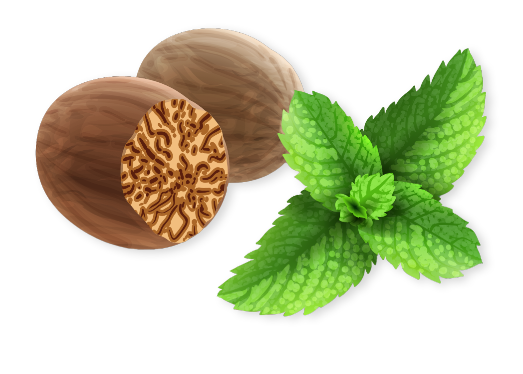The Impact of Prolonged Sitting on Piles
Wednesday, July 31, 2024Piles, or hemorrhoids, are swollen veins in the lower rectum and anus, which can cause significant discomfort, pain, and bleeding. One of the primary factors contributing to the development and exacerbation of piles is prolonged sitting. This article explores how extended periods of sitting impact piles, the underlying mechanisms, and practical tips for prevention and management.
Understanding the Connection
Increased Pressure
Prolonged sitting, especially on hard surfaces, increases pressure on the veins in the rectal area. This pressure can cause the veins to swell, leading to the formation of piles. The lack of movement also hinders blood circulation, exacerbating the problem.
Reduced Blood Flow
Sitting for long periods can restrict blood flow to the lower rectum and anus, causing blood to pool in the veins. This pooling can result in inflammation and swelling, contributing to the development of piles.
Constipation and Straining
A sedentary lifestyle often leads to constipation due to reduced physical activity. Constipation forces individuals to strain during bowel movements, which puts additional pressure on the rectal veins, increasing the risk of piles.
Symptoms of Piles
Recognizing the symptoms of piles is essential for early diagnosis and treatment. Common symptoms include:
- Pain and Discomfort: Especially during bowel movements.
- Itching and Irritation: Around the anal area.
- Bleeding: Bright red blood on toilet paper or in the stool.
- Swelling: A lump near the anus, which may be sensitive or painful.
- Prolapse: Internal hemorrhoids that protrude through the anus.
Practical Tips to Mitigate the Impact of Prolonged Sitting
1. Take Regular Breaks
- Stand Up and Move: Aim to stand and move around for a few minutes every hour.
- Stretching Exercises: Perform simple stretches to improve circulation.
2. Improve Sitting Posture
- Use a Cushion: Sit on a soft cushion to reduce pressure on the rectal area.
- Ergonomic Chair: Use a chair that supports the natural curve of your spine and promotes good posture.
3. Incorporate Physical Activity
- Daily Exercise: Engage in activities like walking, yoga, or swimming to promote healthy digestion and improve blood flow.
- Pelvic Floor Exercises: Strengthen the muscles around the rectum and anus to support better circulation and reduce the risk of piles.
Exercises to Prevent Piles
| Exercise Type | Benefits |
| Walking | Improves blood circulation and digestion |
| Yoga | Enhances flexibility and reduces stress |
| Swimming | Low-impact exercise that boosts overall fitness |
| Kegel Exercises | Strengthens pelvic floor muscles |
| Stretching | Reduces muscle tension and promotes circulation |
Prolonged sitting can significantly impact the development and exacerbation of piles by increasing pressure on the rectal veins, reducing blood flow, and contributing to constipation. By incorporating regular breaks, improving sitting posture, engaging in physical activities, and following Ayurvedic practices, you can effectively manage and prevent piles. For personalized advice and treatment, consult with a healthcare professional or an Ayurvedic practitioner.
You can write to us.
BOOK APPOINTMENT



























